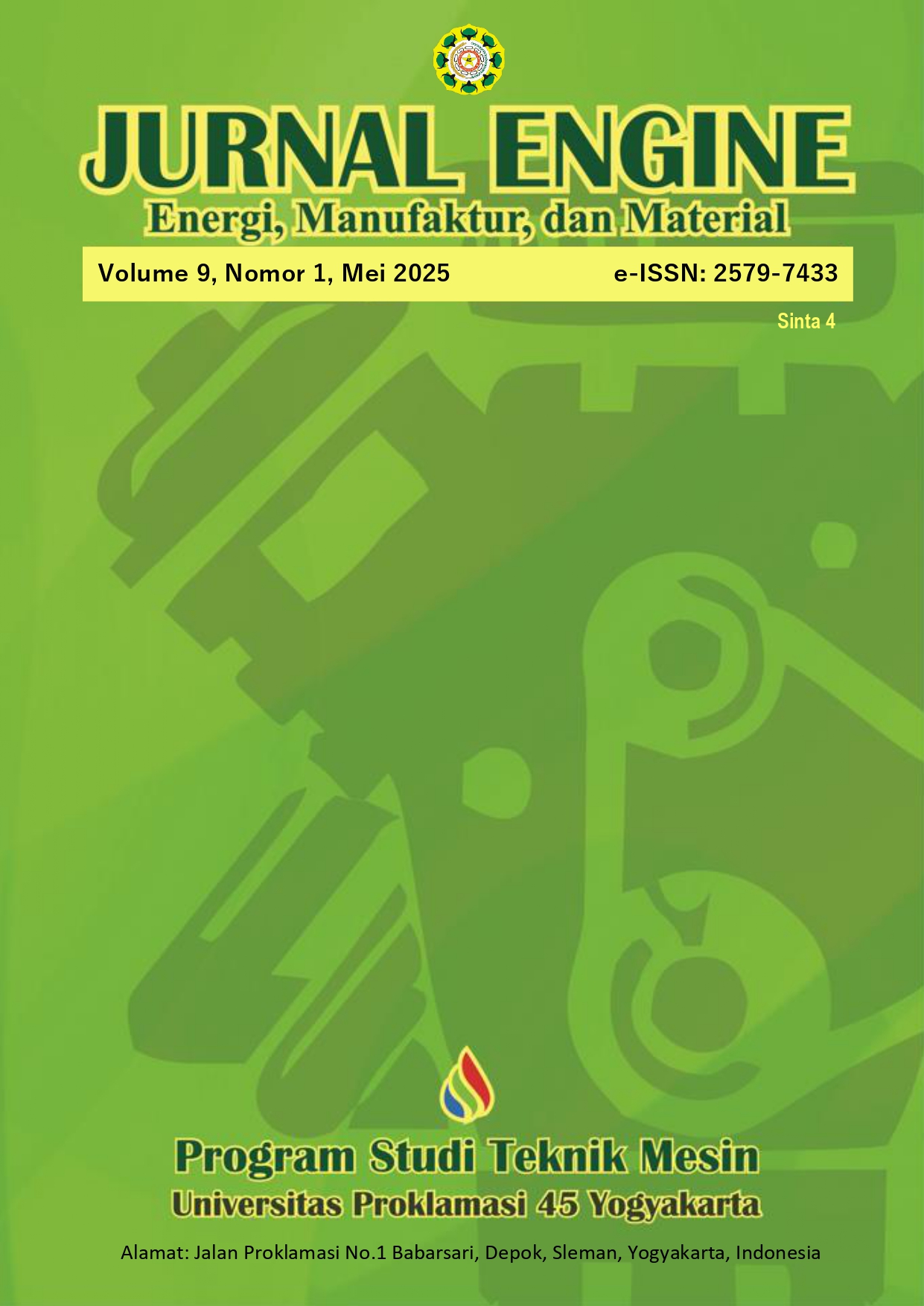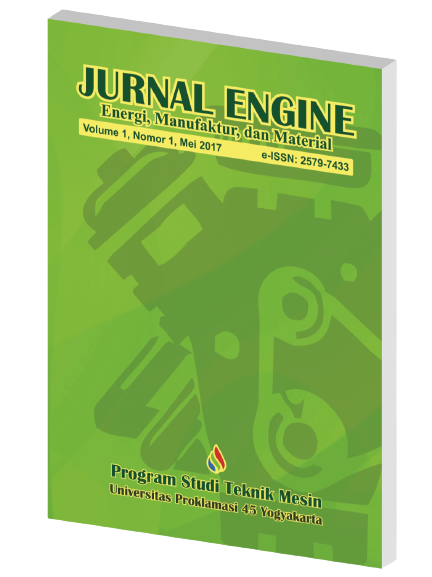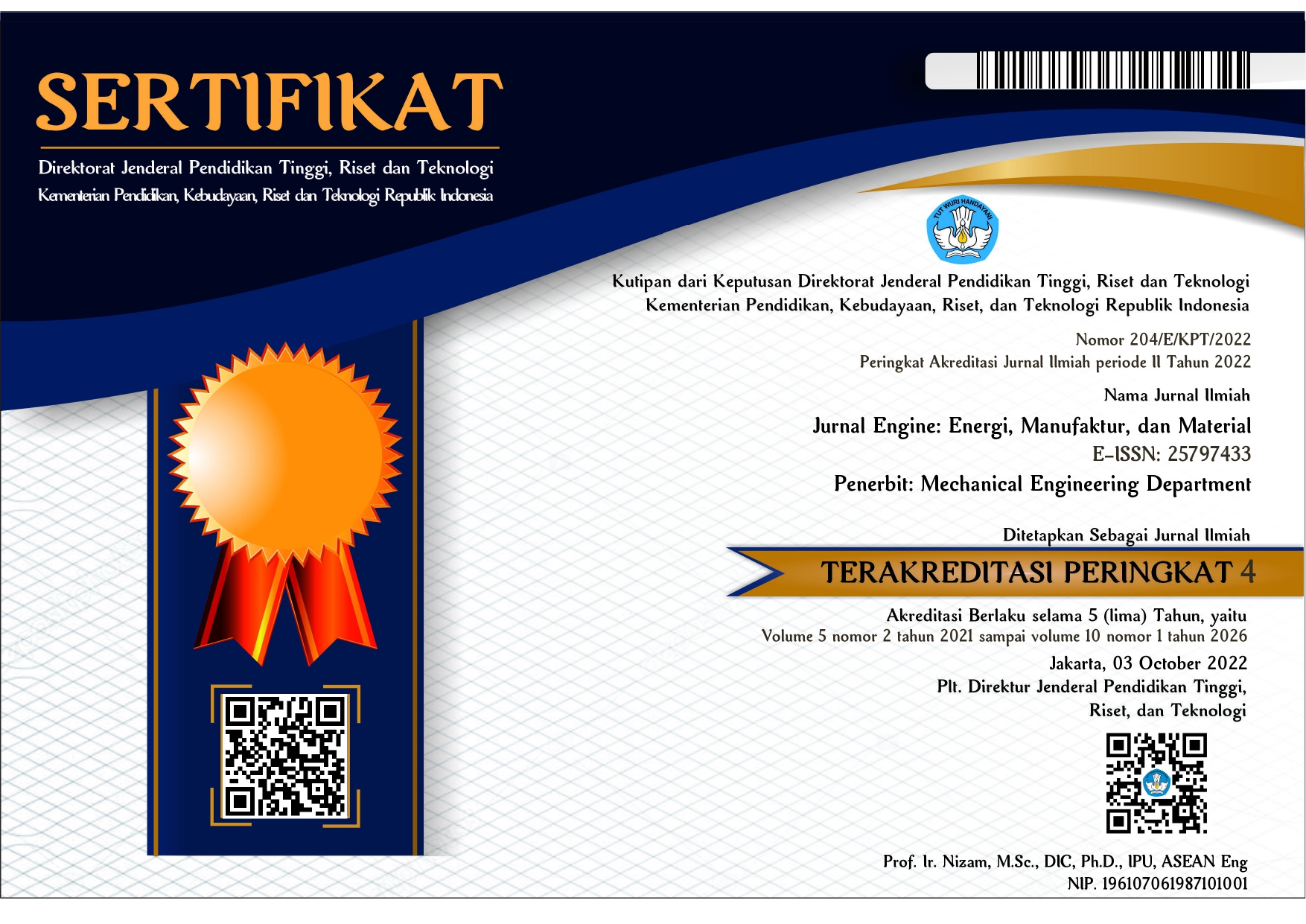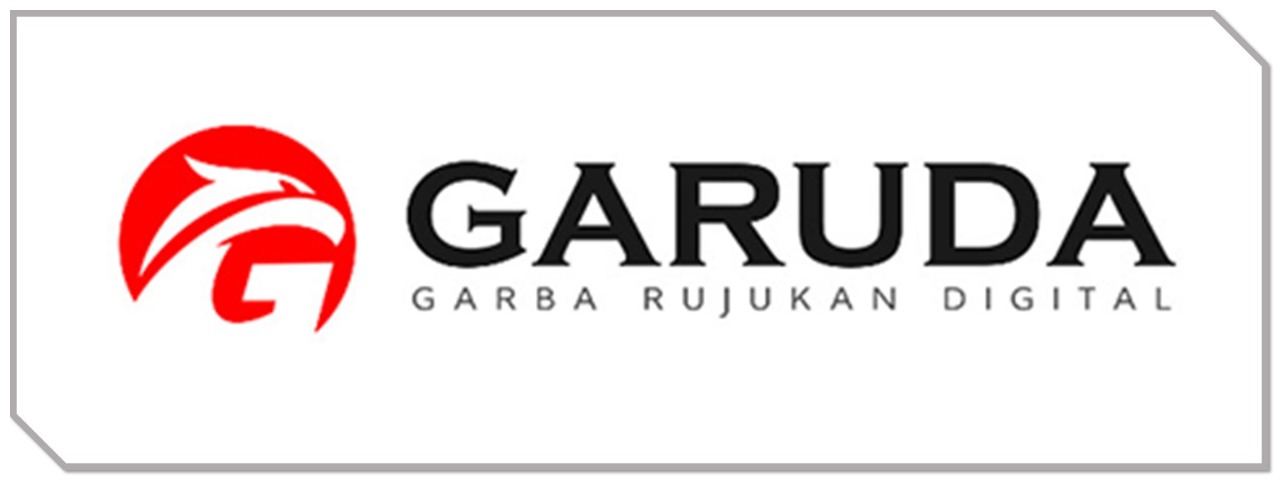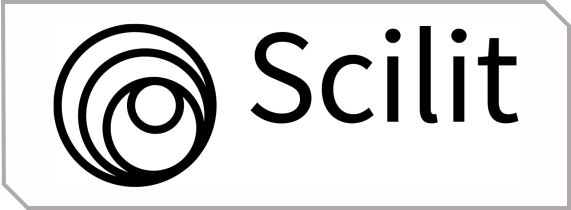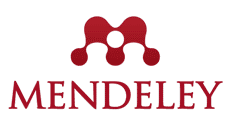Pengendalian Kualitas Produk Menggunakan Cumulative Sum Control (cusum) dan Fuzzy Decision Making pada Proses Produksi Buku Tahunan di CV Renjana Offset
DOI:
https://doi.org/10.30588/jeemm.v9i1.2145Keywords:
Quality control, CUSUM, FAHPAbstract
CV Renjana Offset is a printing company that produces yearbooks for export. In the production process, various types of rejects were found in the pack products, such as scratches, glue, tears, and problematic pop-ups, as well as in book products, such as reversed arrangement, broken threads, and shadows. This study uses the Cumulative Sum Control (CUSUM) method to analyze product quality and the Fuzzy Analytic Hierarchy Process (FAHP) to determine improvement priorities. The results showed an average reject of 3.96% with a total of 35.66% from November 2023 to July 2024, although there was an increase to 4.74% in July 2024. The cumulative CUSUM of 0.143 units with a monthly average of 0.016 units indicates consistent quality, but improvements are needed in operators and materials. The proposed improvements aim to reduce rejects and improve quality through structured and sustainable improvement actions.
References
Abbas, N., Abujiya, M. R., Riaz, M., & Mahmood, T. (2020). Penggunaan Grafik Kontrol Cumulative Sum (CUSUM) dalam Kondisi Outlier untuk Surveilans Kesehatan.
Abekani Leather. (2023). Penerapan Statistical Quality Control (SQC) dan Fuzzy Analytical Hierarchy Process (FAHP) untuk Meningkatkan Kualitas Produk Aksesori Kulit di Abekani Leather, Bantul, Yogyakarta.
Anderson, E. W., Fornell, C., & Lehmann, D. R. (1994). Customer Satisfaction, Market Share, and Profitability: Findings from Sweden. Journal of Marketing, 58(3), 53-66.
Azmiyati, S., & Hidayat, S. Pengukuran Kinerja Rantai Pasok di PT. Louserindo Megah Permai dengan Menggunakan Model SCOR dan Metode Fuzzy Analytical Hierarchy Process (FAHP).
Bualuang, D., & Peerajit, W. (2023). Kinerja Grafik Kontrol CUSUM dalam Memantau Perubahan Rata-Rata Proses pada Model Autoregressive Terintegrasi Fraksional.
Chandra, N., & Ratnamurni, E. D. (2022). Pengendalian Kualitas Produk Tahu dengan Metode Fuzzy Analytical Hierarchy Process (FAHP) di UD Tahu Berkah. INOBIS: Jurnal Inovasi Bisnis dan Manajemen Indonesia, 5(3), 369–375.
Chandra, N., & Ratnamurni, E. D. Pengendalian Kualitas Produk Tahu dengan Menggunakan Metode Analytical Hierarchy Process (AHP).
Choerunissa, R. A. Implementasi Six Sigma Dalam Pengendalian Kualitas Pada Produksi Kain Di Pabrik Cambric Gabungan Koperasi Batik Indonesia.
Crosby, P. B. (1979). "Quality is Free". McGraw-Hill.
Deming, W. E. (1986). "Out of the Crisis". MIT Press.
Fornell, C. (1992). A National Customer Satisfaction Barometer: The Swedish Experience. Journal of Marketing, 56(1), 6-21.
Garvin, D. A. (1984). "What Does Product Quality Really Mean?". Sloan Management Review.
Gustafsson, A., Ekdahl, F., & Edvardsson, B. (1999). Customer Satisfaction Measurement in the Private Bank Sector. International Journal of Bank Marketing, 17(3), 109-126.
Juran, J. M. (1988). "Juran's Quality Control Handbook". McGraw-Hill.
Kahraman, C., Cebeci, U., & Ruan, D. (2004). Multi-attribute Comparison of Caterpillar Engines Using Fuzzy AHP. Computers & Industrial Engineering, 46(1), 97-112.
Khurshid, A., & Chakraborty, A. B. Konstruksi Grafik Kontrol CUSUM untuk Distribusi Negatif Binomial Tertruncated Nol (ZTNBD) dan Distribusi Geometrik Tertruncated Nol (ZTGD).
Kotler, P., & Keller, K. L. (2016). Marketing Management (15th ed.). Pearson.
Kurniawan, S., Yunitasari, E. W., & Nurhayati, E. (2022). Identifikasi Produk Cacat Briket Tempurung Kelapa dengan Menggunakan Metode Six Sigma dan Fuzzy Analytical Hierarchy Process (FAHP) di CV. Bintang Yasa Abadi.
Mistarihi, F., & Magableh, I. (2023). Pengaruh Krisis Gangguan Rantai Pasokan di Sektor Makanan Yordania: Pendekatan Fuzzy Analytic Hierarchy Process (FAHP).
Mistarihi, M. Z., Okour, R. A., & Magableh, G. M. (2023). Pengaruh Krisis Gangguan Rantai Pasokan di Sektor Makanan Yordania Menggunakan Fuzzy Analytic Hierarchy Process (FAHP).
Montgomery, D. C. (2009). "Introduction to Statistical Quality Control". Wiley.
Montgomery, D. C. (2012). Introduction to Statistical Quality Control (7th ed.). Wiley.
Mutakin, A. A., & Rifai, N. A. K. (2023). Perbandingan Kinerja Diagram Kendali DOB dan PM dalam Pengendalian Kualitas Produk Kayu Lapis di PT XYZ.
Novadila, R., & Ernawati, D. (2021). Analisis Pemilihan Supplier Bahan Baku Gandum dengan Metode Fuzzy Analytical Hierarchy Process (FAHP) di PT. Balihai Brewery Indonesia. Juminten: Jurnal Manajemen Industri dan Teknologi, 2(6), 72–83.
Oliver, R. L. (1980). A Cognitive Model of the Antecedents and Consequences of Satisfaction Decisions. Journal of Marketing Research, 17(4), 460-469.
Parasuraman, A., Zeithaml, V. A., & Berry, L. L. (1988). SERVQUAL: A Multiple-Item Scale for Measuring Consumer Perceptions of Service Quality. Journal of Retailing, 64(1), 12-40.
Penelitian tentang Kinerja Grafik Kontrol CUSUM dalam Memantau Perubahan Rata-rata Proses untuk Model Autoregressive Terintegrasi Fraksional dengan Memori Panjang (ARFIX).
Prihatini, E. R., Wachidah, L., & Suliadi. (2019). Penerapan Mixed EWMA-CUSUM untuk Pengendalian Kualitas Produksi Kayu Lapis di PT XYZ.
Qiao & Wang. (2020). Penerapan Grafik Kontrol Multivariate Cumulative Sum (CUSUM) untuk Pengendalian Kualitas Data Multivariat dalam Deteksi Perubahan Online.
Resti, A., Widiharih, T., & Santoso, R. (2019). Analisis Grafik Kendali EWMA dan CUSUM pada Proses Produksi Wingko Babat Cap Moel.
Reynolds, M. R. (1991). The Cumulative Sum Control Chart for the Early Detection of a Shift in Process Mean. Journal of Quality Technology, 23(3), 179-188.
Setyorini, E. Y., & Surjanto, S. D. Perbandingan Kinerja Peta Kendali CUSUM Dan EWMA Dalam Mendeteksi Keadaan Out Of Control Pada Proses Produksi Finger Joint Laminated Board (FJLB) Di PT Serbaguna Prima.
Tran, N.-T., Trinh, V.-L., & Chung, C.-K. (2024). An Integrated Approach of Fuzzy AHP-TOPSIS for Multi-Criteria Decision-Making in Industrial Robot Selection. Processes, 12(1723).
Zadeh, L. A. (1965). "Fuzzy Sets". Information and Control, 8(3), 338-353.
Zeithaml, V. A., Berry, L. L., & Parasuraman, A. (1993). The Nature and Determinants of Customer Expectations of Service. Journal of the Academy of Marketing Science, 21(1), 1-12.
Zeithaml, V. A., Bitner, M. J., & Gremler, D. D. (2006). Services Marketing: Integrating Customer Focus Across the Firm (4th ed.). McGraw-Hill.
Zeithaml, V. A., Parasuraman, A., & Berry, L. L. (1990). Delivering Quality Service: Balancing Customer Perceptions and Expectations. Free Press.
Zimmermann, H. J. (2001). "Fuzzy Set Theory and Its Applications". Springer.
Downloads
Published
How to Cite
Issue
Section
License
Copyright (c) 2025 Elly Wuryaningtyas Yunitasari, Esti Dwi Pujaningsih, Emmy Nurhayati (Author)

This work is licensed under a Creative Commons Attribution 4.0 International License.
Authors who publish with Jurnal Engine: Energi, Manufaktur, dan Material agree to the following terms:
Authors retain copyright and grant the Jurnal Engine: Energi, Manufaktur, dan Material right of first publication with the work simultaneously licensed under a Creative Commons Attribution 4.0 International License that allows others to share (copy and redistribute the material in any medium or format) and adapt (remix, transform, and build upon the material) the work for any purpose, even commercially with an acknowledgment of the work's authorship and initial publication in Jurnal Engine: Energi, Manufaktur, dan Material. Authors are able to enter into separate, additional contractual arrangements for the non-exclusive distribution of the journal's published version of the work (e.g., post it to an institutional repository or publish it in a book), with an acknowledgment of its initial publication in Jurnal Engine: Energi, Manufaktur, dan Material. Authors are permitted and encouraged to post their work online (e.g., in institutional repositories or on their website) prior to and during the submission process, as it can lead to productive exchanges, as well as earlier and greater citation of published work (See The Effect of Open Access).

